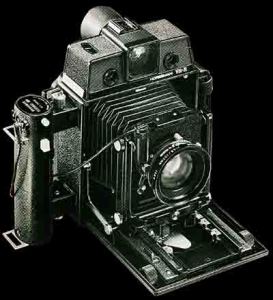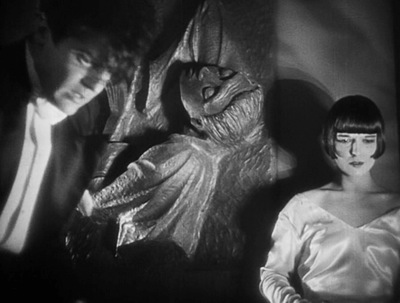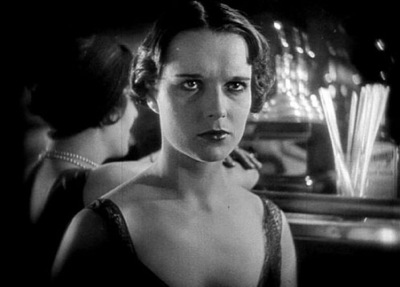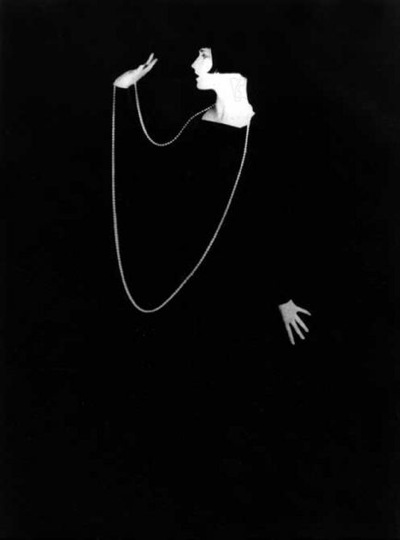Noticed my Horseman VHR system in the corner. Again. It’s the last big film rig that I own. The Horseman VHR is a mini press camera (think press photographers from the 30s and 40s) that has interchangeable lenses and removable backs. It also has a rangefinder and framing window, so it works kind of like a really, really big Leica.
Anyway, I’ve got it, three lenses (all set up properly for the system), 5 backs, and seemingly every accessory ever made for it. That includes the custom hard case and another soft case. I originally bought it with the idea of taking it to Yemen. That didn’t happen for a variety of reasons but I’ve had it ever since.
I’ve been meaning to sell it for years. Just haven’t gotten around to it. Looking at it last night I shook my head and realized that I should have sold it years ago. I’m not likely to get much for the system these days. Sigh.
Then a little thought popped into my head. “Why don’t you use it? If you won’t get much money for it, why not? That’s why you bought it in the first place Isaac…”
That had a lot of appeal. I bought the camera system because I really liked it. I loved shooting with film, did it for years. I found a light meter app for the phone and downloaded it for free. Ilford is still going strong making film for the camera. Plus, the lab I liked using is still around and is now doing scanning too. This was starting to look good…
OK, time to get serious. How much would this cost? Added it up and it came to almost $800. Wow. Er, maybe I don’t need the super fancy processing. I’ll do negatives instead of positives. OK, 18 rolls of film (they are done in batches of 6) came up to just over $500.
Five. Hundred. Dollars. Keep in mind that there is no guaranty that I’d get anything I liked, or possibly anything at all. Never mind that this is how we used to do photography. You’d pay lots of money and see if you got anything useful. Digital photography has totally eliminated all of the guesswork, the time, and reduced shooting to a costless activity. Actually considering spending money to take pictures seems a bit crazy these days since the normal thing to do is free.
So I was left wondering what I’d gain by spending the money. It isn’t clear to me what the benefit would be beyond some (expensive) nostalgia. I could imagine the possibility that the negatives could be enlarged more than what my current camera offers but that doesn’t seem like a likely limitation. I don’t have any real complaints about my current camera and lenses. I’m pretty sure whatever I could do with the Horseman I could do digitally. $500 would almost buy me the newer version of the camera I have now or go a long ways towards a really sweet lens. Or something else, anything else.
Yeah, I can’t justify that kind of money on taking pictures. I was happy paying for and shooting film when that was what photography was. I have some ideas of what I’d like to shoot. I’m going to try with the digital camera. I reserve the right to go back to film if I think it’ll help but I think the Horseman is destined for eBay. Eventually. One day…




